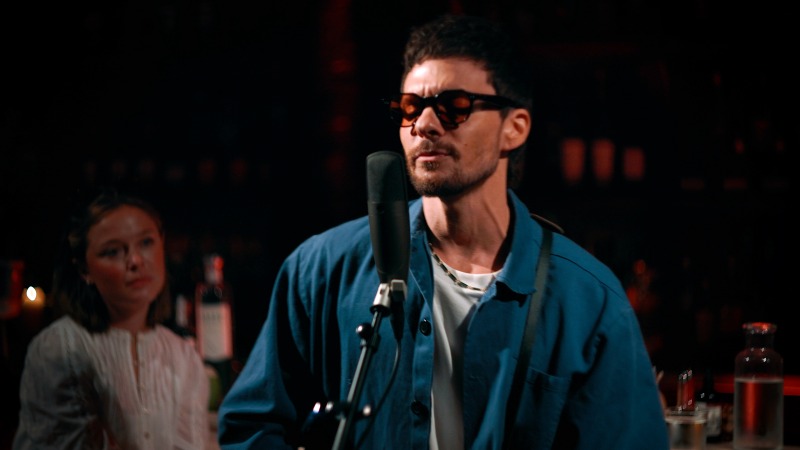Catching Up With Antonio Santini and Dan Sickles of Mala Mala
One of the surprise hits of this year’s Tribeca Film Festival was Antonio Santini and Dan Sickles’ documentary, Mala Mala, set in Puerto Rico and exploring the lives of nine transgender people (including Jason Carrion, pictured here, who competed in Ru-Paul’s Drag Race as April Carrion). The two directors sat down with us at the festival to discuss the provocative issues the film raises about identity and authenticity, and not just for transgender individuals.
Many film interviews start out with a question about how the project came together. It’s a predictable opening, but it’s necessary to the article, and it often reveals some interesting areas to pursue further. I expected that the answer to that question would prove more interesting with Mala Mala than with most films, and I wasn’t disappointed.
“Three and a half years ago,” Sickles recalls, “Antonio and I were in Austin, Texas. We were hanging out one night, and a drag show kind of took over the club. Maggie McMuffins performed in the competition, and after the competition, we went up to her, told her she was awesome, and asked if we could hang out. There was something alluring and exciting about her. She invited us to her house in northern Austin, and we walked in and sat in her living room. We ended up spending the entire day together.”
McMuffins turned out to be an ideal introduction for the pair to the drag queen world. Not only was she an experienced entertainer who thought deeply about the phenomenon and enjoyed talking about it, she was in the midst of a big change herself. “She’s an incredibly transparent, open person,” Sickles explains. “And we asked her to educate us, because we had no idea what we were stepping into. That turned into her transitioning; she was three months into her transition. She was still married to her wife, and they had a nine-year-old daughter. She was in her mid-thirties making this transition. The whole story kind of unfolded before us. Neither of us had ever been in that situation before, sitting in their living room and having such a candid conversation about who they are. From then on, it was like, let’s pursue this.”
-

-

-

-

-

-

-

-

-

-

-

-

-

-

-

-

-

-

-

-

-

-

-

-

-

-

-

-

-

-

-

-

-

-

-

-

-

-

-

-








































